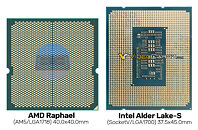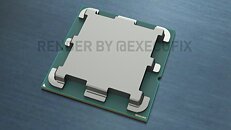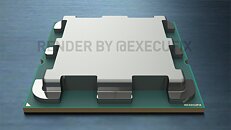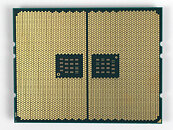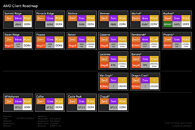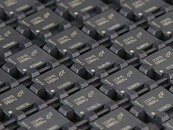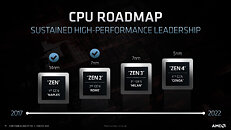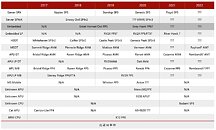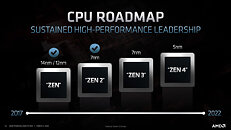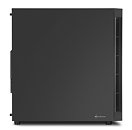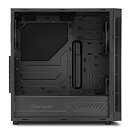
Alleged AMD AM5 Socket for Zen 4 Raphael Processors Leaks
AMD is slowly preparing to launch its next-generation processors based on the new AM5 socket. The new lineup of processors will be based on the upgraded Zen 4 architecture that is said to bring multiple microarchitecture improvements and enhancements, equaling to a possible high-performance increase. Today, according to ExecutableFix, the person who provided us with renders of AMD's upcoming AM5 socket designed for next-generation Raphael processors. As we previously reported, AM5 is doing away from PGA and switching to LGA type instead, where pins are delivered on the socket, not the CPU like we used to see with AMD processors.
The LGA-1718 socket, pictured in the renders below, looks like a simple retention mechanism, where there is one metal arm to hold the lid down under pressure. If it turns out to be true, this implementation will be a very positive upgrade over the past PGA socket found on AM4 and before. We can look forward to seeing what AMD will deliver once the launch of Raphael processors gets closer.
The LGA-1718 socket, pictured in the renders below, looks like a simple retention mechanism, where there is one metal arm to hold the lid down under pressure. If it turns out to be true, this implementation will be a very positive upgrade over the past PGA socket found on AM4 and before. We can look forward to seeing what AMD will deliver once the launch of Raphael processors gets closer.






